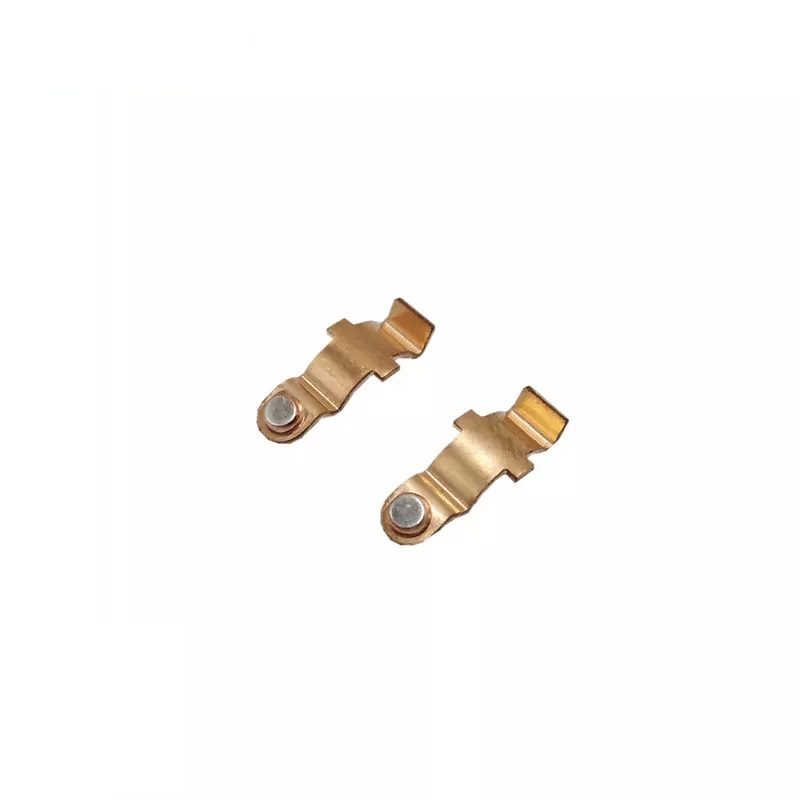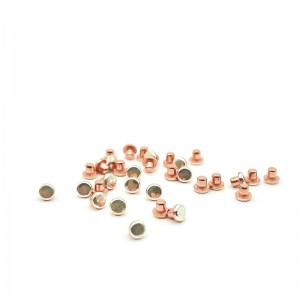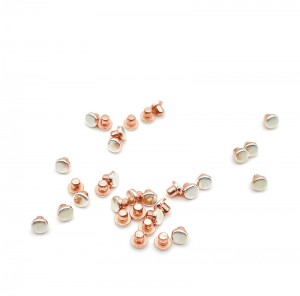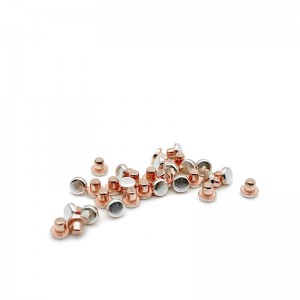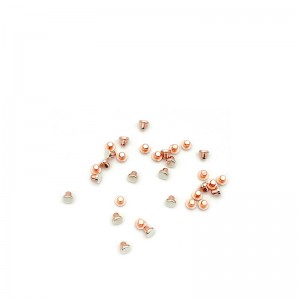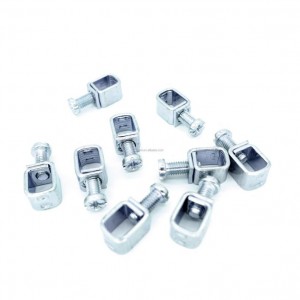Electrical Contact Rivets and Contact Assemblies
Electrical contacts are typically made from any metal with high electrical conductivity. However, in applications such as high-power equipment where mechanical wear is expected, a conductive metal may be used.Common electrical contact materials include: Silver, Copper, Gold, Platinum, Palladium, Brass, electrical contacts materials properties graphic. When choosing the best electrical contact for your application, it is important to keep in mind the six most important properties: Conductivity, Corrosion Resistance, Hardness, Current Load, Cycle Life, Size. Conductivity refers to the measure of a materials ability to conduct or carry an electric current.
Corrosion resistance of electrical contacts refers to a material’s ability to resist chemical decay. Any material with little corrosion resistance will decay faster than ones with high resistance. Hardness measures how resistant materials are to various kinds of permanent deformations from an applied force. It is dependant on five factors: Ductility, Elasticity, Plasticity, Tensile Strength, Toughness, Current Load.This property refers to the maximum recommended current load that the material is capable of handling. Form refers to the shape an electrical material must fit in order to carry out its operation. The size relates to the thickness, length, and width or outer diameter of the form a material takes.
